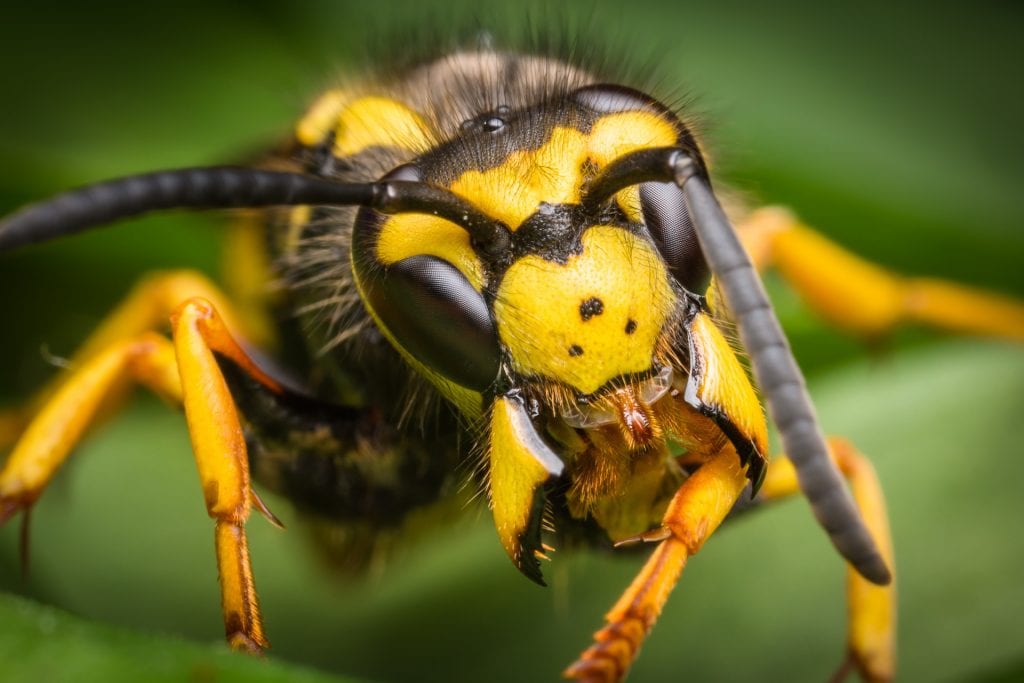Honey Bees and Yellow Jackets: How to Tell the Difference

Do you spy a buzzing black and yellow creature? It must be a bee. Or is it? Honey bees and yellow jackets often get grouped in the same category. And even though they have some similarities, they are actually quite different. Knowing the difference between the two can help you identify the best way to handle them if you are noticing an infestation in or near your home.
A Bee or Not a Bee? That is the Question.
Because these two species look quite similar, it is very common for people to mistake a yellow jacket for a honey bee and vice versa. It’s easy to see why! Both insects have black and yellow colorings and both tend to live in very large colonies. However, there are many key differences in behavior and appearance that can help you distinguish between the two. One of the biggest differences: yellow jackets are actually in the wasp family and aren’t even bees at all!
A Little Bit About Honey Bees
- Appear hairy or fuzzy. Honey bees are pleasantly plump.
- Honey bees typically won’t sting unless instigated or when the hive is threatened. In fact, honey bees don’t want to sting. They can only sting once and will die immediately after.
- Feast on pollen and nectar from flowers. These bees produce honey.
- Honey bees build hives made of beeswax. Beehives are often found in protected cavities such as hollows in trees or walls.
- Honey bee colonies are very large, upwards of 30,000 bees. Honey bee colonies can survive the winter.
A Little Bit About Yellow Jackets
- Appear shiny and slick. Yellow jackets have a slim figure.
- Yellow jackets are capable of stinging multiple times without dying. Yikes!
- Feast on insects such as spiders, flies and crickets. Yellow jackets do not produce honey.
- Yellow jacket nests look like paper cartons and have a grayish coloring. Nests are often found underground or in a wall of a home or building.
- Yellow jacket colonies can number up to 15,000 wasps in the summertime, but will die off after two frosts.
Despite their differences, honey bees and yellow jackets serve very important purposes for our ecosystem. Honey bees are exceptional pollinators. Without them, our food supply would look drastically different than it does today. Yellow jackets are nature’s pest control service, preying on insects that destroy crops.
Have a Pesky Beehive? Call the Experts at D-Tek Live Bee Removal
Once you determine that you have some honey bees on your hands, you need to call the experts in San Diego live bee removal. Removing bees can be difficult and dangerous work. The team at D-Tek Live Bee Removal has years of training and experience to safely remove your beehive without the use of any dangerous pesticides. Our team rehomes all of our honey bees to local beekeepers so you know that the bees are being treated with care.
If you need expert live bee removal in San Diego or North San Diego County, contact the professionals at D-Tek Live Bee Removal today for a free estimate. No job is too big, too small or too difficult for our team of pros. For affordable bee removal and bee repair services in San Diego, you need D-Tek Live Bee Removal on your team.
